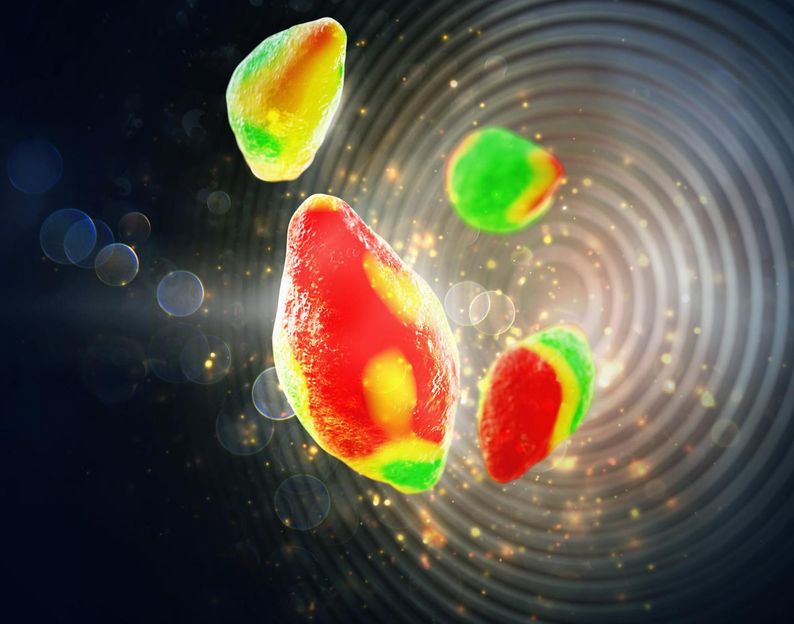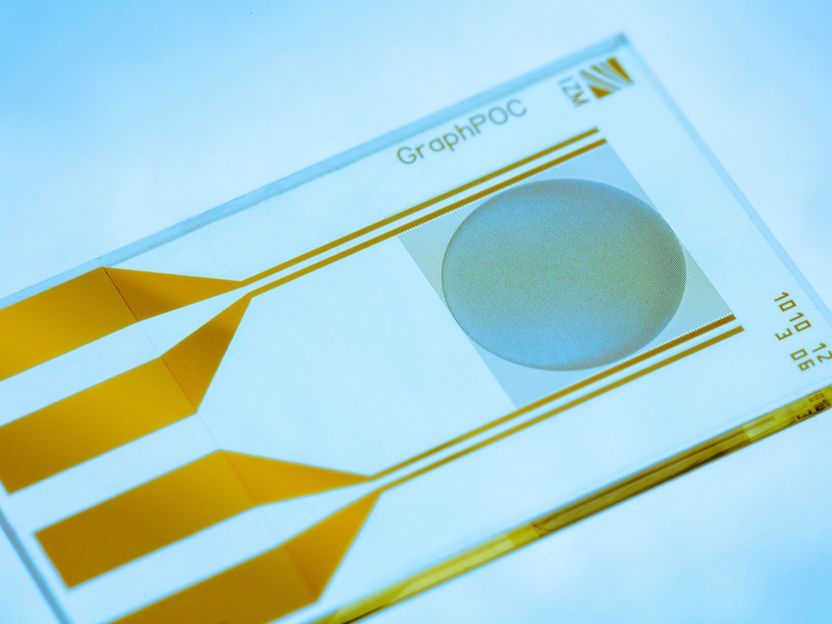New view of the heartbeat
The human cardiac voltage-gated sodium channel (Nav1.5) plays a critical role in maintaining regular heartbeats. Mutations in Nav1.5 cause life-threatening heart rhythm disorders (arrhythmias).
Nav1.5 is sensitive to the calcium-ion sensor protein calmodulin (CaM); however, the exact mechanism of how CaM exerts its effect on Nav1.5 is not well understood.
Christopher Johnson, PhD, Walter Chazin, PhD, and their colleagues integrated structural biology data from multiple techniques to show that CaM engages a portion of Nav1.5 known as the “inactivation gate” in a unique manner.
Then they determined that this calcium-dependent binding of CaM promotes the resetting of the channel after it opens, to help prepare for the next heartbeat.
Their work suggests a mechanism for how calcium and calmodulin fine tune cardiac sodium channels and may help in the development of novel therapeutics and improvements to existing treatments for cardiac arrhythmias.
Original publication
Most read news
Original publication
Christopher N. Johnson, Franck Potet, Matthew K. Thompson, Brett M. Kroncke, Andrew M. Glazer, Markus W. Voehler, Bjorn C. Knollmann, Alfred L. George Jr., Walter J. Chazin; "A Mechanism of Calmodulin Modulation of the Human Cardiac Sodium Channel"; Structure; 2018
Topics
Organizations
Other news from the department science

Get the analytics and lab tech industry in your inbox
By submitting this form you agree that LUMITOS AG will send you the newsletter(s) selected above by email. Your data will not be passed on to third parties. Your data will be stored and processed in accordance with our data protection regulations. LUMITOS may contact you by email for the purpose of advertising or market and opinion surveys. You can revoke your consent at any time without giving reasons to LUMITOS AG, Ernst-Augustin-Str. 2, 12489 Berlin, Germany or by e-mail at revoke@lumitos.com with effect for the future. In addition, each email contains a link to unsubscribe from the corresponding newsletter.
Most read news
More news from our other portals
Last viewed contents

New X-Ray microscopy technique images nanoscale workings of rechargeable batteries - Method developed at Berkeley Lab's Advanced Light Source could help researchers improve battery performance
Substantial sales growth for Tecan in first half of 2010 - Sales growth of 9.1% to CHF 178.0 million (H1 2009: CHF 163.2 million); 12.2% growth in local currencies



















































